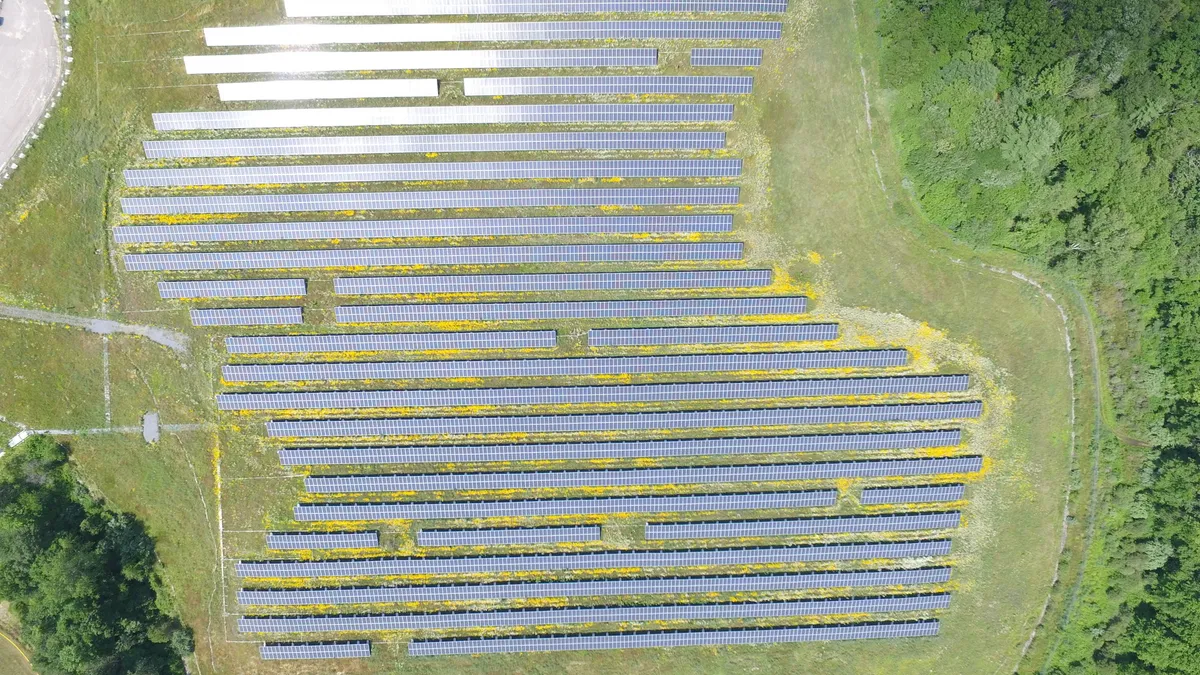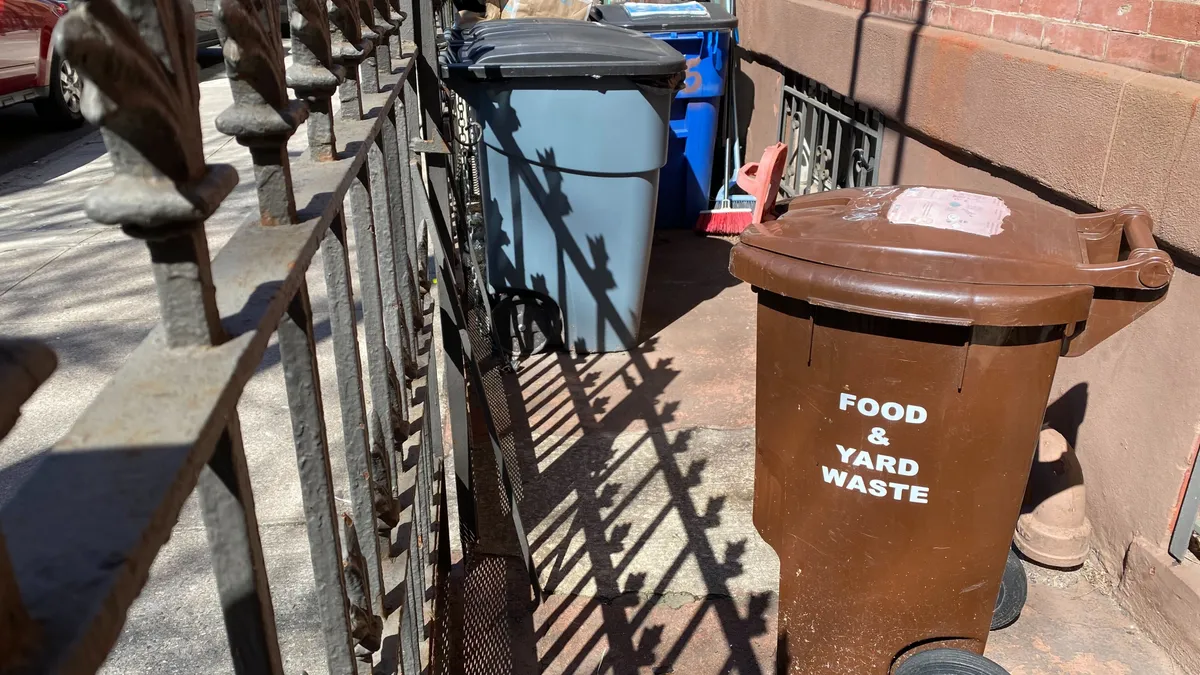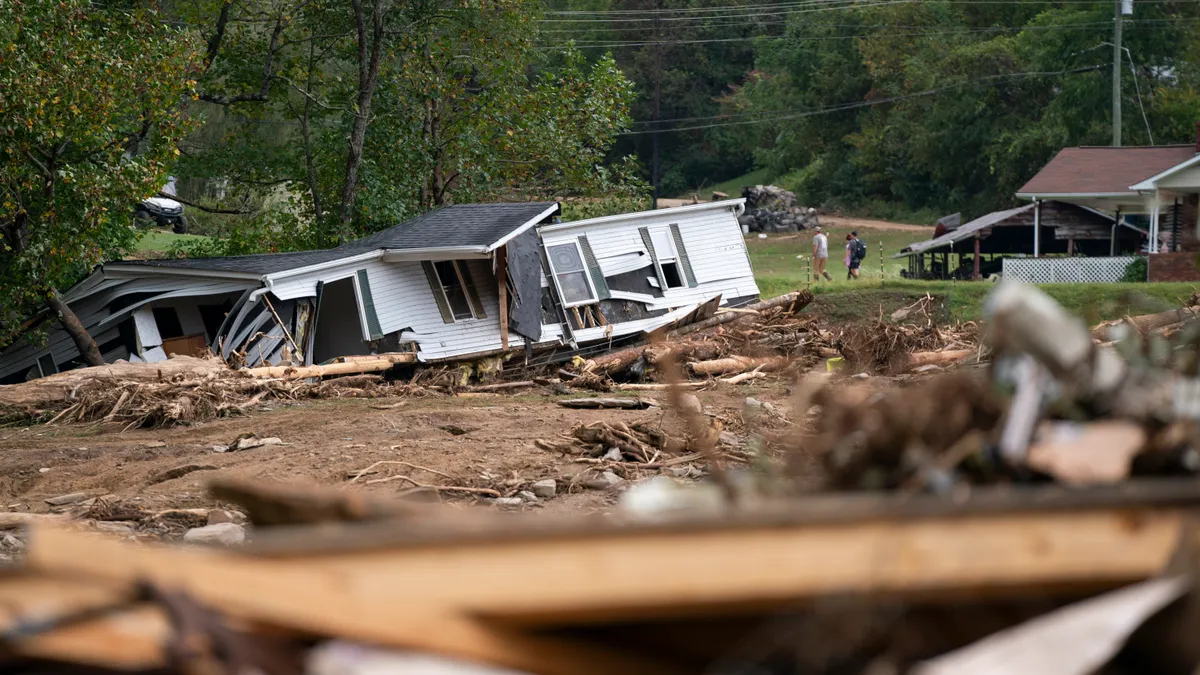Editor's Note: This piece was written by Jesse Grossman, CEO of New Jersey-based solar energy company Soltage. The opinions represented in this piece are independent of Waste Dive's views.
The promise of utilizing the thousands of closed landfills across the country to produce clean, solar energy has been tantalizingly close to reality for years. In 2013, the National Renewable Energy Lab (NREL) published their best practices for installing solar on municipal solid waste (MSW) landfills, which was a watershed moment in the recognition of landfills as viable solar platforms.
The opportunity for solar landfills is exciting
With 10,000 closed landfills and other brownfield sites covering 15 million acres across the country, both solar developers and landfill owners have been understandably eager to take advantage of the opportunity. To put that land area into perspective, it’s large enough that if all of the landfills in the US were covered with solar panels we could power the entire country.
Unfortunately, the truth is that the idea has been generating more excitement than energy since that time — but that may be about to change. As costs of installed solar continue to come down, and solar developers gain valuable experience in building projects on landfills, solar landfill development is close to reaching a positive tipping point.
It all starts with cost
Since 2013, costs for installed large-scale solar have dropped quickly. A report by the Solar Energy Industries Association and Greentech Media this summer found that the average price of fixed-tilt solar systems has dropped below $1 per watt-DC. These low costs make even the most challenging and costly sites for development, such as closed landfills, increasingly attractive opportunities.
From a fundamental development perspective, closed landfills appear well-suited for solar development with many attributes that we look for in ideal projects sites. The land is generally flat, unavailable for other uses, and free from shade. Landfill surfaces are often elevated and clear of trees. In addition, they are generally located near both power infrastructure and population centers with high energy demand.
Add in the fact that there are limited opportunities to generate future revenue from closed landfills and solar development seems to be a no-brainer for both solar developers and landfill owners.

Solar development is similarly attractive to landfill owners, and the apparent simplicity of the transaction is hard to argue with. Owners lease the land to a solar developer and collect those lease payments for decades. Also by installing clean, renewable power, landfill owners demonstrate that they are doing something positive for the environment and the community. Add in the fact that there are limited opportunities to generate future revenue from closed landfills and solar development seems to be a no-brainer.
Further, the towns and local governments adjacent to the landfills are typically supportive of these projects because they expand the local tax base and create jobs associated with the construction of the solar farm. Finally, the municipalities can lock in energy savings by purchasing the power generated at competitive rates.
Complicated realities
The reality, of course, is more complicated, as building solar on landfills takes a lot of planning, designing and technical expertise by all parties involved. In my experience the challenges of developing solar landfills increase both the time and cost of these projects — even when working with innovative landfill owners.
Additional permitting processes for landfill solar development is the largest factor. As compared to standard greenfield development, developers are dealing with more governmental agencies and more regulations than at a standard site. The developer needs to make sure that the integrity of the landfill is maintained through the design and construction process, and the increased number and type of regulatory agencies which participate in the review process for landfill redevelopment adds time and money.
The benefits of solar landfills to the local economy are clear — but the added costs and complexity can push projects away from profitability, leaving these otherwise valuable solar sites undeveloped.

While permitting and regulations are the largest added cost, construction can also be more challenging – and increased civil costs need to be anticipated. Even landfills which have had most of their subsidence already occur will move over time as the waste further settles. Due to these factors, more complex anchoring systems often need to be used.
Altogether, the additional regulation, permitting, and construction costs can make these projects difficult to pencil. Experience on the part of the developers, owners and regulators, however, will establish best practices for solar landfill development and work to drive down those additional costs. The benefits of solar landfills to the local economy are clear — but the added costs and complexity can push projects away from profitability, leaving these otherwise valuable sites undeveloped.
Success stories
Some innovative states have figured out the right incentive structures to get these projects moving. Massachusetts has established an additional set of incentives under their solar program to encourage landfill development.
Similarly, New Jersey’s SREC program rewards landfill development over other renewables, further supporting contaminated site development through the state’s Solar Loan Act. New York State is also actively supporting landfill solar projects, offering financial incentives for solar brightfields while New York City’s Brownfield Partnership provides free technical consulting on brownfield liability and remediation to project developers.
That added support helps move projects forward, so it’s no surprise that Massachusetts, New York, and New Jersey are among the leaders in solar landfill development.
Other states should follow their lead since mitigating the increased costs associated will deliver jobs and additional investment by encouraging development on these underutilized sites.
The potential of landfill solar projects is large and still relatively untapped. This has just started to be recognized, and if landfill owners and solar developers can work together in supportive markets, we’ll realize the development potential of these otherwise overlooked resources.




















